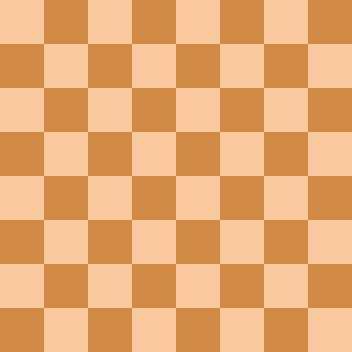The N-Queens problem could stump you in an interview if you're not prepared. Let's break down how to tackle it efficiently, so you can make a smart move.
The Pitfall of Naive Brute Force
Sky-High Complexity
In an 8x8 board, the total number of possible arrangements is 8^8 = 16,777,216. That's like combing through a haystack the size of a mountain to find your needle.
No Polynomial Shortcut
Since the N-Queens problem is an NP-complete issue, no polynomial time solution is known. Brute force? Definitely a checkmate against you.
The Ace Up Your Sleeve: Backtracking
Non-Sequential Exploration
Unlike brute-force, you don't have to check every single sequential queen placement. You can place queens in a way that's much smarter.
How Backtracking is Done
- Start Fresh: You begin with an empty chessboard.
- First Column, First Queen: Plant a queen in the first available column of the first row.
- Row Exploration: Iterate through each row, trying to find a spot where the queen can sit without being in the line of attack from any other queen.
- Retreat and Reconsider: If you can't find such a spot in the current row, it's time to backtrack. Go back to the previous row and move that queen to another column.
- Rinse and Repeat: Continue this process until you either find a valid arrangement of queens or have to admit defeat.
Why Backtracking Wins
Eliminates Dead-Ends
The algorithm smartly avoids going down pathways that are bound to fail, saving you precious time and computational power.
Prunes the Search Space
Because of the built-in constraint checks, you dramatically reduce the number of possible board configurations you need to explore.
Efficient & Optimal
It's like solving a puzzle where you can peek at the box cover whenever you want. You get hints that guide you to the optimal solution much faster.

With backtracking, you're not just coding; you're strategically navigating through constraints and possibilities, turning your code into a masterstroke of problem-solving.


